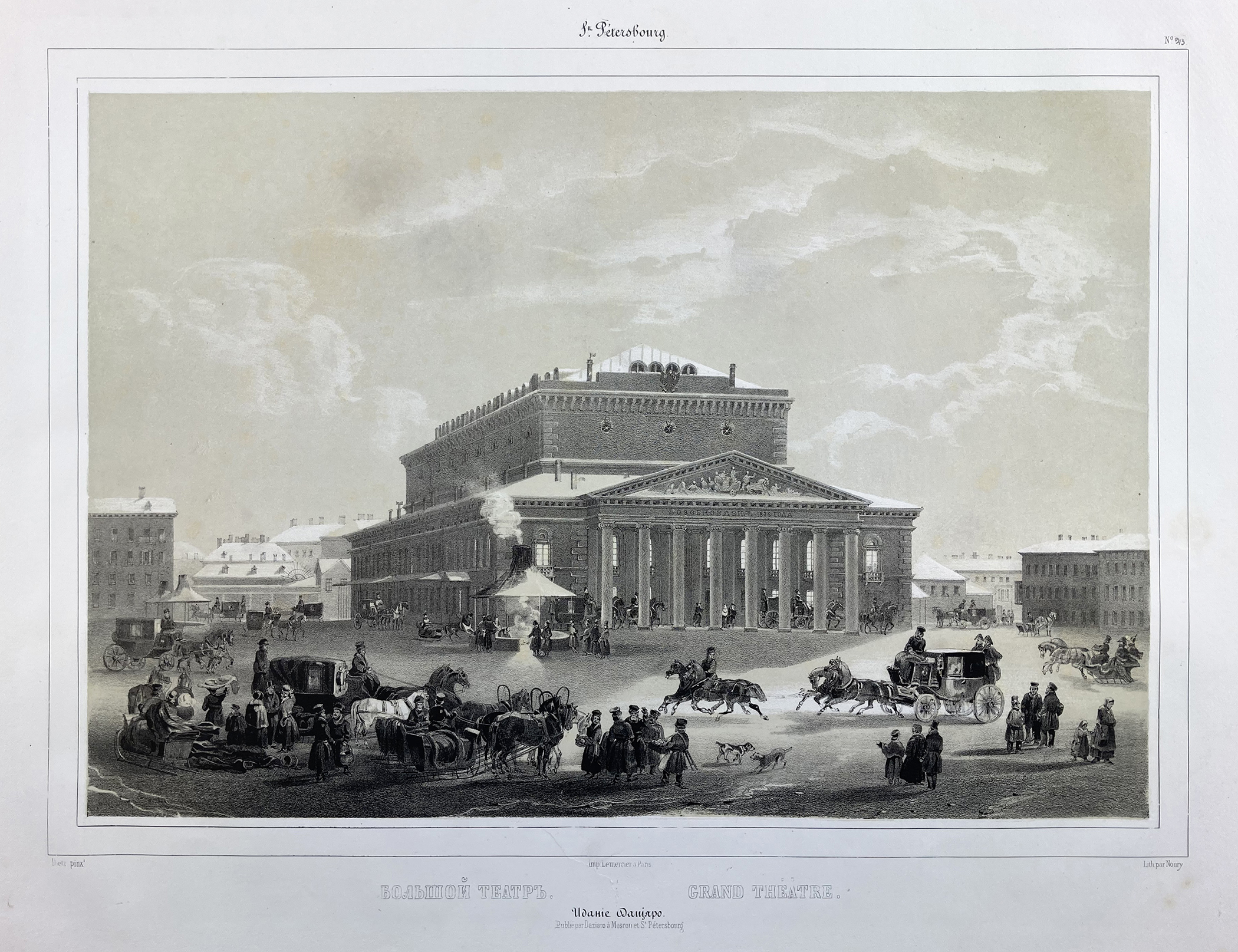The Georgia Museum of Art presents the exhibition “St. Petersburg as Franz Liszt Saw It” through Dec. 1.
The exhibition consists of lithographic prints that show St. Petersburg in the mid-19th century and overlaps with the American Liszt Society Festival at UGA’s Hugh Hodgson School of Music. This year’s edition of the festival focuses on the idea of the “composer-pianist” and highlights Liszt’s visits to Russia in the 1840s; it will celebrate the 60th anniversary of the American Liszt Society with concerts, lectures and a documentary.
Liszt was born 1811 in Raiding, Austria. His father was in the royal Hungarian service but had a love for the cello. He passed this passion down to his son, giving him music lessons, but Liszt pursued piano instead. He began writing music at only 8 years old and built a name for himself, obtaining a musical education in Vienna and putting on several well-attended concerts.
When he was 17 years old, he moved to Paris to become a priest but did not follow through. Liszt traveled all over Europe, working on his music, teaching and putting on concerts. He retired from touring around age 35 but continued to compose and teach until he died in 1886 while attending a music festival in Germany.
Liszt’s music has elements of nature, poetry and romanticism. His compositions represented romanticism and European culture, just as the prints of St. Petersburg show it defining itself as a cosmopolitan European city. The prints also focus on nature and landscapes within urban settings. Liszt’s music was rooted in folk tradition, and the exhibition also includes illustrations of proletarian Russians, who might have grown up listening to those kinds of songs.
The illustrations of St. Petersburg not only have a musical connection to Liszt, but also a historical one. Several of the prints on view belonged to a noble family that owned one of the private palaces Liszt performed at during his time in St. Petersburg.
According to Asen Kirin, Parker Curator of Russian Art at the Georgia Museum of Art and curator of the exhibition, “These prints could have been in the palace — most likely were in the palace — while Liszt was performing.” Portraits of the family are on view in the museum’s permanent collection wing, just down the hall from the exhibition.
“One thing that really excited me is how the past comes alive, and how making the past alive through music can be enriched by adding a visual component to it,” Kirin added.
Related events include:
- A tour by Kirin on Aug. 28 at 2 p.m.
- The museum’s fall open house on Sept. 21 from 10 a.m. to 5 p.m., with Family Day, door prizes and curator-led tours
- And the American Liszt Society Festival at the Hugh Hodgson School of Music, Oct. 13-16, with registration information and costs at www.music.uga.edu/liszt-festival
All programs are free and open to the public unless otherwise indicated.


